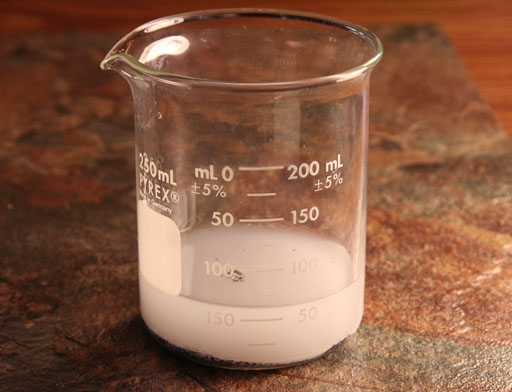

The effect of preextraction treatments on the yield and quality of alginate. Hernández-Carmona G, McHugh DJ, Arvizu-Higuera DL, Rodríguez-Montesinos YE (1999a) Pilot plant scale extraction of alginate from Macrocystis pyrifera. Haug A (1964) Composition and properties of alginates. Hasebe N (1976) Method for treating seaweed with hydrogen peroxide or hydrogen peroxide compound. Green HC (1936) Process for making alginic acid and product. Ciencias Marinas 23(2): 195-207.īaranov VS, Locev VN, Guernet NA, Kuchumova RP, Kuchumov AM (1967) Method to obtain sodium alginate. Theresults of these experiments provide the information that producers needwhen deciding the best parameters to obtain a product with the desiredcharacteristics.Īrvizu-Higuera DL, Hernández-Carmona G, Rodríguez-Montesinos YE (1997) Effect of the type of precipitation on the process to obtain sodium alginate: calcium alginate method and alginic acid method. The pH 2.2 did not remove enough calcium, even with three washings,the RV of the resulting sodium alginate being greater that 40%. The use of pH 2 required three acid washings to produce the same effect. When a pH 1.8 or 1.6 was used for each washing, only two washings werenecessary to produce a RV lower than 40% (maximum recommended). The extent of conversionwas determined by measuring the percent reduction of the alginate viscosity(RV) in 1% solution before and after adding a sequestrant of calcium. The effect of pH during conversion of calciumalginate to alginic acid was determined using four combinations of pH,ranging from 2.2 to 1.6, in three acid washings. Alginates with lower viscosity showed asmaller loss of viscosity. Using alginates with mediumviscosity (300–500 mPa s), the best proportion was 0.4 mL hypochloriteper gram of alginate, yielding an alginate of light cream color with 20%less viscosity than the control. The effect of hypochlorite was compared foralginates with three different viscosities. Seven proportions,ranging from 0 to 0.77 mL of sodium hypochlorite per gram of sodiumalginate were tested. The effect of bleaching the calciumalginate with sodium hypochlorite (5%) was studied. The method ofadding the solutions and the degree of mixing are discussed as other factorsaffecting the precipitation step. The best proportion used was 2.2 parts ofcalcium chloride per one part of alginate, yielding a filtration rate of 97.9L min -1 on a screen area of 1.32 m 2.

Three different proportions of calcium chloride per gramof alginate were tested. The effect of the amount of calcium chloride used during theprecipitation was measured in terms of filtration time of the precipitatedcalcium alginate. Three steps of the alginate production process were studied at pilot plantlevel.


 0 kommentar(er)
0 kommentar(er)
